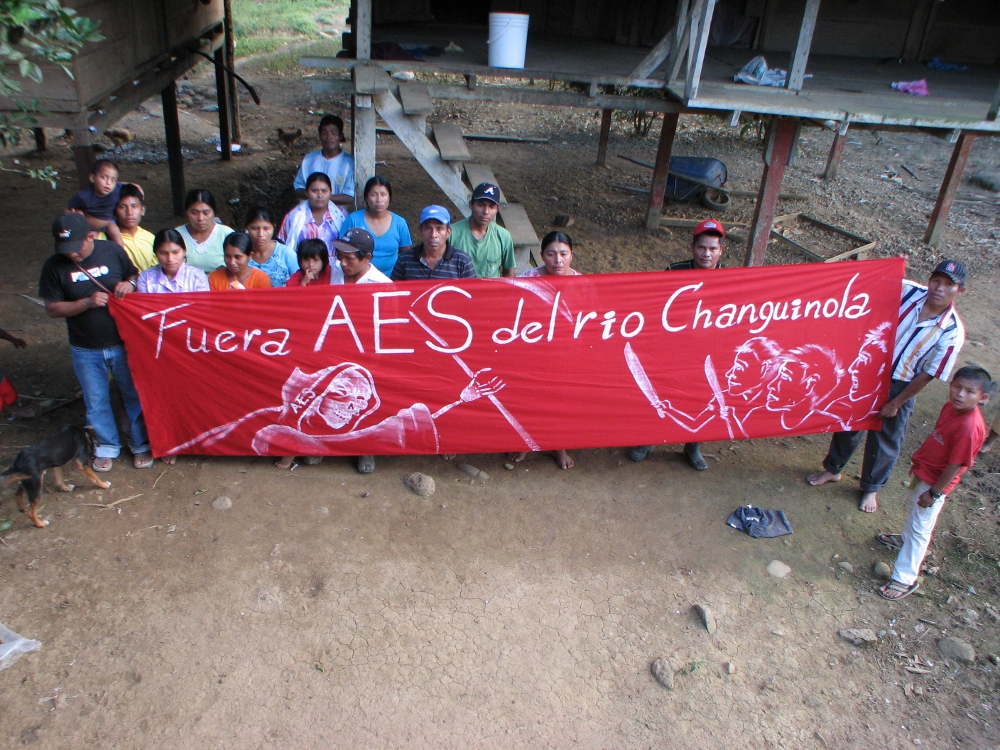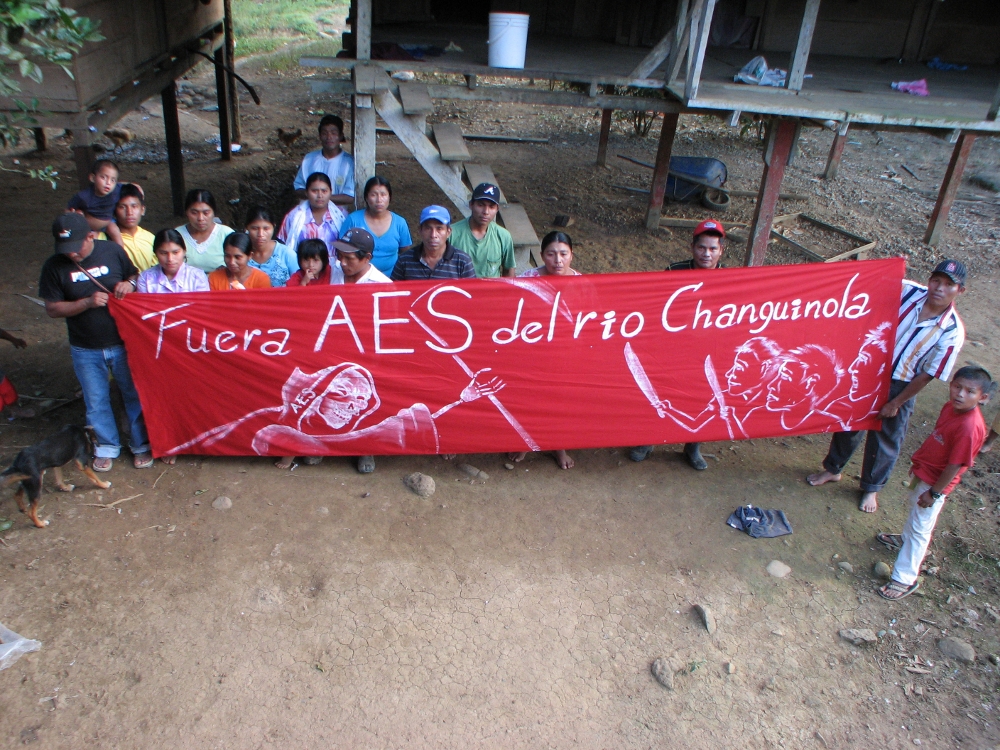Dawn Jones
In Okhla, India, an incinerator project has been registered for CDM credits. This is despite active opposition to the project by the local community because of the high level of dioxins that are emitted from incineration. In fact, this incinerator had been shut down in 2001 due to poor perfromance. And yes, I know what you are thinking – how can an incinerator project be considered clean? Well, the CDM doesn't actaully define what "sustainable development" is – the host country does.
The Changuinola Dam in Panama is another example of a project applying for CDM credits with clear human right violations. In addition to destroying riverine and forest ecosystems in one of the world's biodiversity hotspots, the La Amistad UNESCO Biosphere Reserve, 1,000 Ngobe people were forcibly removed from their homes. Even the UN Special Rapporteur on human rights and indigenous people has criticized the project on these grounds. Security guards hired by the project developer, AES, and the police have been responsible for beatings, arbitrary detention, public humiliation, threats and illegal destruction of crops and homes.
Perhaps the CDM Executive Board thought that their goals were human rights abuses and environmental destruction, instead of emissions reductions and sustainable development. In that case, their track record would be stellar.

